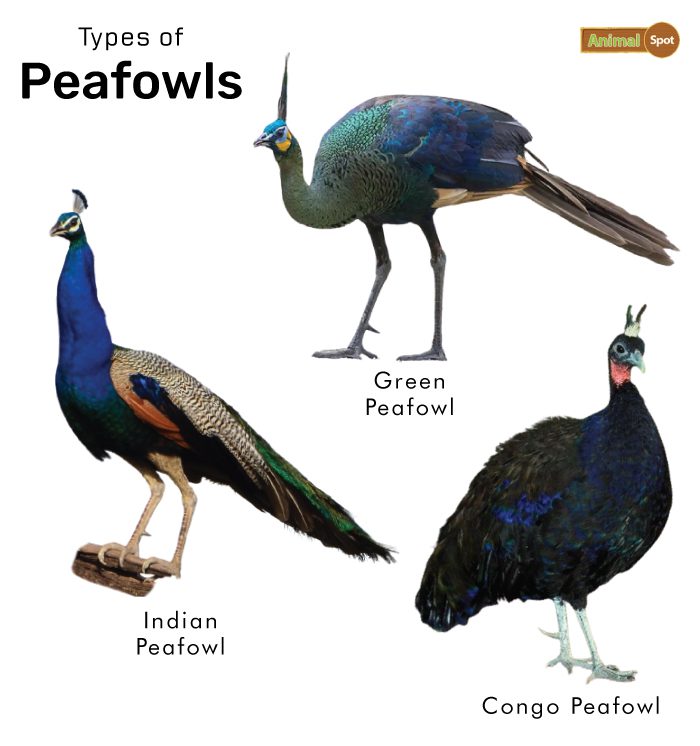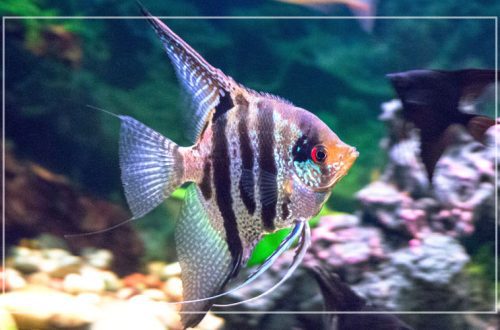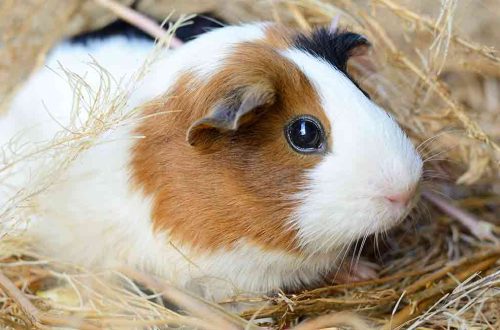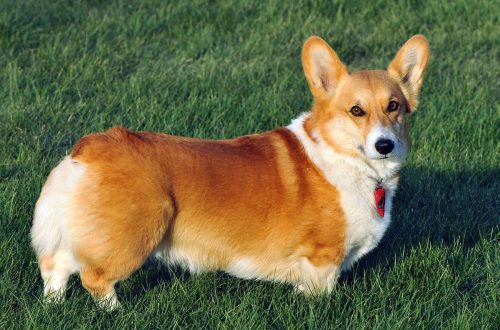
Description of the types of peacocks: Peacocks (females) and interesting facts from their lives
Peacocks are considered the most amazing birds on earth. It is all the more strange that they are close relatives of ordinary chickens, which do not have the skillful plumage and chic beauty inherent in a peacock. Although peacocks are descended from wild pheasants and chickens, they are much larger than members of their squad.
Peacock species
The variety of color and structure of peacocks suggests that these birds have many types. However, this is not at all the case. The genus Peacocks has only two species:
- ordinary or blue;
- green or Javanese.
These two species have significant differences not only in appearance, but also in reproduction.
Regular or blue
This is a very beautiful bird, having a forechest, neck and head of a purple-blue color with a green or golden tint. Their back is green with a metallic sheen, brown spots, blue strokes and black-edged feathers. The tail of the peacocks of this genus is brown, the uppertail feathers are green, having rounded spots with a black spot in the center. The legs are bluish-gray, the beak is pink.
The length of the male is from one hundred and eighty to two hundred and thirty centimeters. Its tail can reach fifty centimeters long, and the tail plume is about one and a half meters.
Female This species of peacock has an earthy-brown upper body with a wavy pattern, a green, shiny chest, upper back and lower neck. Her throat and sides of her head are white, and her eyes have a stripe. On the head of the female is a brown crest with a green tint.
The length of the female is from ninety centimeters to one meter. Her tail is about thirty-seven centimeters.
Two subspecies of the common peacock are common on the island Sri Lanka and in India. The black-winged peacock (one of the subspecies) has wings with a bluish sheen and black shiny shoulders. The female of this peacock has a lighter color, her neck and back are covered with yellowish and brown stains.
Green or Javanese
Birds of this species live in Southeast Asia. Unlike the common one, the green peacock is much larger, has a brighter color, plumage with a metallic sheen, longer neck, legs and a crest on the head. The tail of a bird of this species is flat (in most pheasants it is roof-shaped).
The body length of the male can reach two and a half meters, and the tail feathers reach one and a half meters in length. The color of the bird’s feathers is bright green, with a metallic sheen. There are yellow and reddish spots on his chest. On the head of the bird there is a small crest of completely lowered feathers.
Female peacock or peahen
Female peacocks are called Peacocks. They are somewhat smaller than males and have a uniform color of feathers and crest on the head.
- Peacocks become mature by the second year of life. Males are able to breed from the age of two and usually live with several females (from three to five).
- The female lays eggs from the beginning of April to the end of September. She can lay up to ten eggs at a time. If Pava lives in captivity, then in one season she usually lays eggs up to three times. Eggs mature in about twenty-eight days.
- Males begin to differ from females just after puberty, that is, about three years after birth, they develop colorful feathers. Nature has colored males brightly so that they can attract females and seek their attention.
- Females have a green neck, a white belly and feathers that are not very bright in color. Nature has created such a color of these birds so that they can hide from predators, protecting their offspring. The female does not leave her chicks for a long time, taking care of them.
- From females living in captivity, the eggs laid by them can be taken away and placed in chickens and turkeys. It is believed that they more carefully perform the role of “nanny”.
- During the mating season of peacocks, keep in separate cagesso they don’t harm other birds. Males at this time behave very aggressively. For females, special separate secluded places are equipped where they will breed their offspring. Cages should be comfortable and spacious, as peacocks are not small birds.
- During courtship, the peacock spreads its tail, attracting females. If a peacock (female peacock) wants to get close, then the male waits until she gives in to him.
- At the same time, zoologists note the fact that, in fact, Pavs do not particularly pay attention to the tail itself. The gaze of females lingers on its basis, thereby determining the age of the partner.
Interesting Facts
- Scientists have discovered the effect of eye spots on the tail of a peacock to the mating ritual of birds. The male, which has a large number of “eyes”, is chosen more often by females. French scientists explained this fact by the fact that spots on feathers are a kind of indicator of the immune system. That is, it turns out that the female chooses the most healthy male for herself.
- For all their beauty, peacocks also have a drawback. This is their harsh and unmelodious voice, which resembles the cry of a cat or the creak of an unoiled cart. Birds are especially vociferous before the rain, and during the mating ritual they are silent so as not to frighten away their chosen one.
- Canadian scientists have discovered a way to communicate between these beautiful birds. it infrasonic signalwhich is inaccessible to the human ear. It is created by males, thanks to their tail feathers.
- Peacocks have been domesticated since ancient times. They were the decoration of parks and gardens of aristocrats around the world. In the Middle Ages, women decorated their outfits with peacock feathers, and knights decorated their hats.
- Until the XNUMXth century, the meat of young individuals was considered a delicacy and was served at parties and balls. Over time, peacock meat was replaced by turkey.
- Hindus classify these birds as sacred. In South Asia, they are valued for being warn of the approach of tigers, snakes, thunderstorms. In 1963 they were given the status of a national symbol.
- In some countries, bird feathers are called the “eyes of the devil” and are considered harbingers of trouble. In England, they believe that if there are peacock feathers in the house, then the owner can get into trouble. And their presence on the theater stage will certainly lead to the failure of the play.
Despite all these prejudices and superstitions, you can be sure that the appearance of peacocks will definitely give everyone a lot of aesthetic pleasure.





